
Rat of the developed urban environment and is found worldwide, largely in developed towns and cities. It is generally a terrestrial burrowing species but can be found in buildings and sewers. Often enters domestic roof spaces with the potential ability to cause severe damage to electrical cables and stored items.
Reaches sexual maturity within 2-5 months. Pregnancy lasts an average of 23 days. Average number of litters per year is 3-6 each containing 7-8 young rats. They require about 25g of food per day (approx. 10% of body weight) and 25ml of water each day. They can carry many Diseases including, Murine typhus via fleas, Weils disease, Salmonellosis via their droppings which is between 30-180 per day and 16cc of urine everyday.
Very serious pest species. Causes contamination of goods and machinery. Destruction of domestic and commercial stock. Serious disease carrier.
Proofing of access points in building to help prevent entry. Remove all access to food sources such as unprotected bin storage areas. Use of rodenticides or traps to completely elliminate infestation.Treatments should only be undertaken by qualified technicians.
Rats can chew through metals such as copper and aluminium. They are a very clean animal, they spend several hours per day grooming themselves. Rats have an excellent memory. Once they learn a route, they will never forget it.
Weil’s disease is a form of a bacterial infection also known as Leptospirosis that is carried by animals, most commonly in rats. It can be caught by humans through contact with rat urine, most commonly occurring through contaminated water. Although human infection in the UK is minimal it is still worth taking some preventative measures to decrease the possibility of infection.

NORWAY BROWN RAT Rat of the developed urban environment, largely in developed towns and cities. Generally a burrowing species but can be found in buildings and...
Read More
HOUSE MOUSECommon in a wide range of urban and rural buildings all over UK. Mainly a house dweller, it lives very little out of doors where it does not compete well with...
Read More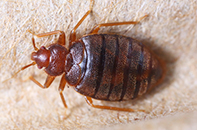
BED BUGNocturnal parasite, all stages feeding on mammalian blood, principally human but also dog, cat or rodents. Hide by day in crevices in beds...
Read More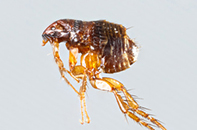
FLEAParasitic as adults, adapted to living among the fur of the host and feeding on its blood. Soft furnishing. Larvae live on floor in bedding of host...
Read More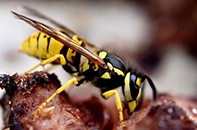
COMMON WASPTemperate species forming nests in soil banks, roof spaces, wall cavities and trees. Nests formed of paper (chewed wood) and may become very large....
Read More
EUROPEAN HORNETTemperate species forming nests in wooded areas, wall cavities and trees. Nests formed of paper (chewed wood) and become very large. Colonies only....
Read More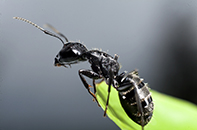
BLACK ANTTemperate species living in soil or in association with dwellings. Form nests in gardens, under paving stones, in foundations or occasionally within...
Read More
PHARAOH'S ANTTropical species found only in heated buildings in the UK. Small, mobile and active at all times of the day. Form large, apparently unstructured, nests in....
Read More
GERMAN COCKROACHPrimarily nocturnal, a pest of warm, humid conditions. Found in the UK only in heated buildings, not normally outside or in underground...
Read More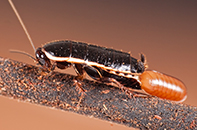
ORIENTAL COCKROACHPrimarily nocturnal, a pest of warm environments but tolerant of colder conditions. Nymphs and adults cluster in groups in harbourages...
Read More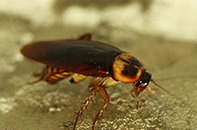
AMERICAN COCKROACHPrimarily nocturnal, a pest of warm, humid conditions. Found in the UK only in heated buildings, not normally outside or in underground heating...
Read More
CLUSTER FLYAdults live harmlessly out doors during summer but may enter buildings (usually roof spaces and lofts but also through windows into rooms) in autumn....
Read More